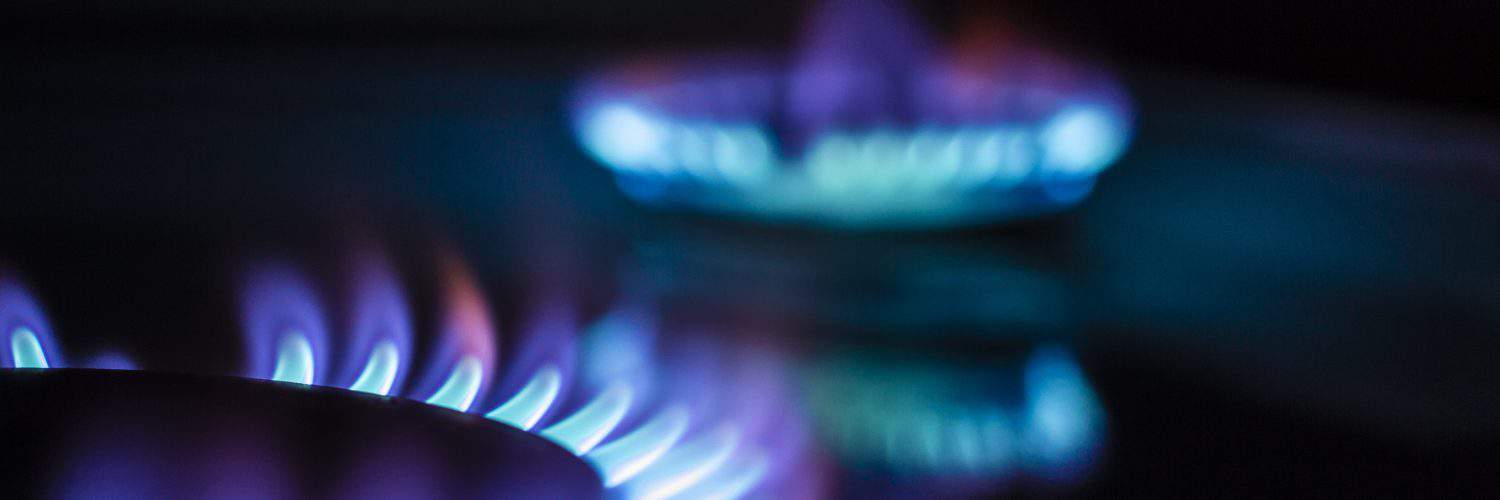Natural gas futures have been extremely volatile, with Henry Hub prompt-month futures trading at US$6.19/MMBtu as of 3:30pm EDT Thursday afternoon. Prices dropped over 11% on Tuesday, to close at US$6.138/MMBtu, on forecasts for warmer weather and reports that the Freeport LNG export plant in Texas needs to push back its November restart date as it has not yet filed its return-to-service plan with federal regulators; an official statement has not been released by Freeport LNG. The potential for elevated prices this winter remains, with colder weather coming and increasing LNG exports once Freeport resumes operation.
The EIA estimated working gas storage was 3,580 Bcf for the week ending November 4th, following an overall injection of 79 Bcf. The build was lower than market expectations averaging 83 Bcf, but significantly larger than the five-year average injection of 20 Bcf. With seven of the last eight weekly injections above the five-year average, storage levels are now just 1% below year-ago levels and, relative to the five-year average, 2.1% less. An injection of 64 Bcf is expected for the week ending tomorrow.
In Canada, the November month-to-date AECO 5a spot rate is C$4.57/GJ, while the month-to-date Dawn Next Day weighted average index rate is currently C$4.49/GJ. Dawn spot market prices have softened temporarily, while the Nexus Pipeline experiences some major capacity constraints due to a force majeure which is expected to persist for about another week. Storage levels at Dawn, as well as in Michigan and Chicago, are brimming, not leaving much wiggle room for liquidity, a condition exacerbated by the balmy weather the area has been experiencing. As expected, AECO spot prices rebounded at the beginning of November, with the completion of a flurry of pipeline and compressor station maintenance activities in October. Point Logic reports Canadian natural gas storage for the week ending November 4th was sitting at 642 Bcf, after an overall injection of 0 Bcf. There was no change to Eastern Canadian storage levels, and Western Canadian storage had an injection of less than 1 Bcf. Storage levels are now 9% below the 5-year average and 6% below storage levels last year at this time. Canadian storage is 73% full, with Eastern storage levels now at 95% of capacity and Western storage significantly lower at 65%. An injection of 2 Bcf is expected for the week ending tomorrow.
The last few weeks have been newsworthy in the energy arena. At the end of October, the International Energy Agency (IEA) released its 524-page 2022 World Energy Outlook, examining the full spectrum of energy issues and outlining what its 31 member countries and 11 association countries will do to reach their Net Zero Emissions by 2050 (NZE) targets. Last week, Canada’s Deputy PM and Finance Minister, Christia Freeland, released the Fall Economic Statement 2022 which included a promise to announce, in detail next June, particulars about the billions in clean energy incentives the Canadian government will be offering – a good sign for companies to not up and leave Canada in favour of capitalizing on the US Inflation Reduction Act’s some 400 billion dollars’ worth of incentives; and, this week, the world’s leaders are attending the United Nations Climate Change Conference in Egypt, where they will discuss how to minimize the delta above the targeted achievement of a 1.5°C stabilization in the rise in global average temperatures which we are on track to miss.
– Karyn Morrison, Energy Advisor / Grace Wilton, Senior Energy Advisor








Add comment